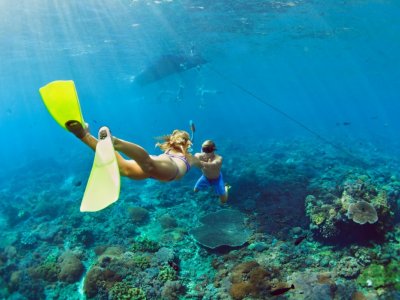Australia Signs On To United Nations' High Seas Treaty

Australia has joined like-minded nations, including Pacific partners, as a founding signatory of the historic High Seas Biodiversity Treaty.
The Treaty delivers stronger protections for the ocean under the framework of the UN Convention on the Law of the Sea, including by providing a mechanism for establishing marine protected areas on the high seas.
It will also play an important role in achieving the global target to protect 30 per cent of the world’s coastal and marine areas by 2030.
The United Nations' High Seas Treaty is designed to extend environmental protections to oceans not officially owned by any country.
Foreign Affairs Minister Penny Wong announced Australia had signed on at the UN General Assembly in New York.
She said Australia was working to bring the treaty "into force as soon as possible".
"We have worked alongside our Pacific partners to make this treaty a reality, safeguarding our Blue Pacific for future generations," she said.
The agreement, officially the Conservation and Sustainable Use of Marine Biodiversity of Areas Beyond National Jurisdiction (BBNJ) Treaty, was reached in March after a 36-hour final negotiation.
It applies to areas of the ocean outside the 200 nautical miles (around 370km) economic zone surrounding each country.
UN Secretary-General Antonio Guterres told UN members at the time: "The ocean is the lifeblood of our planet, and today, you have pumped new life and hope to give the ocean a fighting chance."
Environment and Water Minister Tanya Plibersek said international cooperation to protect oceans was "crucial".
"The high seas cover 60 per cent of the world's surface and only about one per cent of these oceans is currently protected," she said.
"This treaty will enable us to meet our global goal of protecting 30 per cent of our earth's oceans.
"It allows us to establish marine parks in the high seas, leading to stronger protections for oceans around the world."

